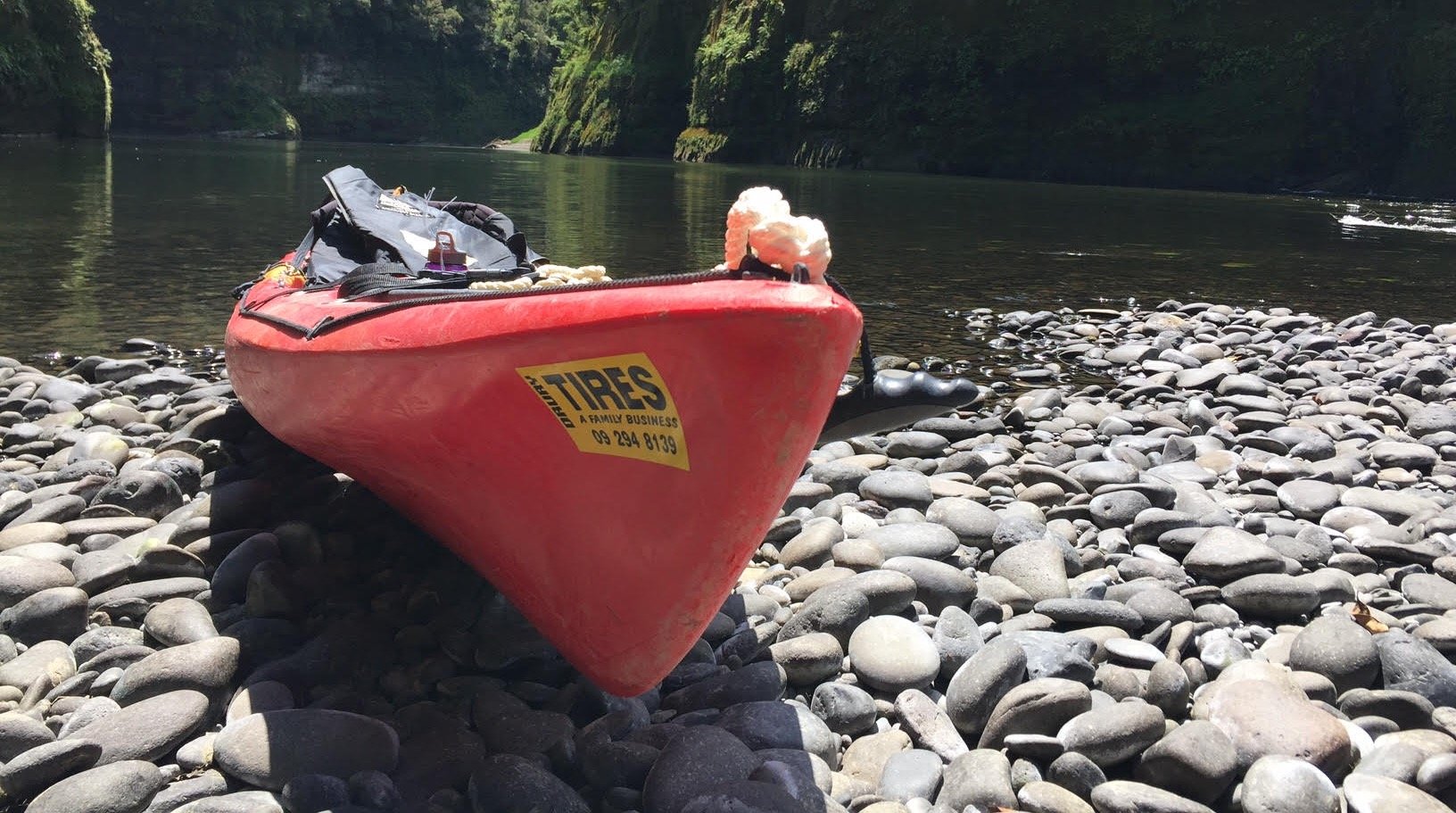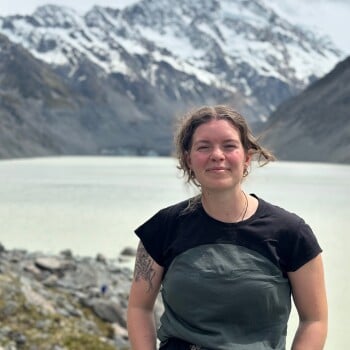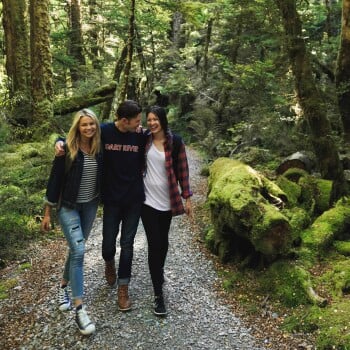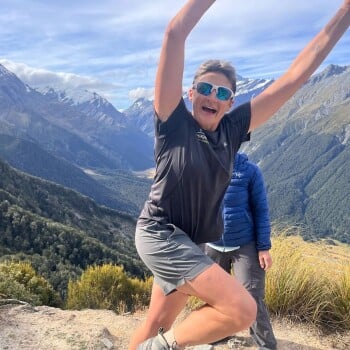- About Us
-
Trips
-
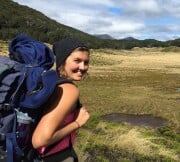 Kiwi-Style Hiking
Kiwi-Style Hiking
-
 Great Walks
Great Walks
-
 Hiking Tours
Hiking Tours
-
Alpine Hikes
-
Custom Groups
- Huayhuash Trek
- Family Northern Explorer
- Family Southern Explorer
- Lake Waikaremoana Hike
- Women's Custom Tours
- Women's Southern Wilderness
- Coast, Canyons and Mountains
- Coastal Wanderer Custom Tour
- Don't Cross the Ladies
- Secret South Custom Tour
- Tekapo Hike
- West Coast Custom Tour
- World Heritage Custom Tour
-
- Blog
- Shortlist
- About Us
- Trips
- Blog
- Shortlist

Aug 3, 2016
 Adventure awaits
Adventure awaits
We needed an adventure, something different - not a typical get together for a bunch of international travellers calling New Zealand home for now.
We had a week of hiking in the Coromandel and Tongariro National Park planned so to mix it up a little we decided to explore the Whanganui National Park by Canadian canoes and kayaks. From hiking across breath-taking lunar landscapes to paddling and drifting down the Whanganui River with its steep-sided canyons and dense bush-clad banks, we concluded we had the perfect combination of two of New Zealand’s Great Walks.
The Whanganui National Park was created to protect the upper reaches of the Whanganui River, New Zealand's longest navigable waterway (290km). The park offers an incredible landscape and is also rich in Maori history and culture - the Maori people have travelled the Whanganui River for centuries.
The Whanganui Journey, one of the nine Great Walks
We chose to do a 3-day canoe & kayak trip (87km) starting from Whakahoro, which is approx. 60km away from Taumarunui - the usual 5-day starting point (by kayak).
Chaotic start
The first morning was chaotic! We might well have been travelling at the very height of the tourism season on one of the nine Great Walks but we were off the beaten track. There was not a single store open when we arrived the evening before. This adventure was at risk of becoming a serious weight loss programme if we could not buy any food. The madness of packing all of our tents, filling the waterproof storage barrels and flying around the grocery store reminded me to value those statements I make when I am selling the guided Whanganui River Canoe, that one of the benefits of going guided is that it takes the hassle and worry out of the adventure.
Before we were allowed to hit the water we had a little introduction to kayaking and canoeing, the river, some safety advice and how to tie up our boats. As the thought of our boats continuing the journey without us whilst we picnicked was not appealing, I perfected my knots! After putting our life vests on, we carried our boats to the water (2 Canadian canoes and 1 kayak) and started our adventure. Since I was sitting in the back of the canoe I was the captain of the boat and my dearest Irish friend, Noel, the engine. I soon discovered the engine was lacking horse-power!
 We planned to canoe approx. 28kms (6 hours) to Ohaurora on that first day. While we were paddling through the scenic middle reaches of the river, we were fascinated by the calm and peaceful environment. The weather was perfect - the various waterfalls and remote hills were reflecting in the water - an unforgettable view. We had plenty of time and took numerous breaks along the riverbanks, to swim, snack and photograph our stunning surroundings. Camping at the Department of Conservation campsite in the middle of nowhere was the perfect end to a glorious day.
We planned to canoe approx. 28kms (6 hours) to Ohaurora on that first day. While we were paddling through the scenic middle reaches of the river, we were fascinated by the calm and peaceful environment. The weather was perfect - the various waterfalls and remote hills were reflecting in the water - an unforgettable view. We had plenty of time and took numerous breaks along the riverbanks, to swim, snack and photograph our stunning surroundings. Camping at the Department of Conservation campsite in the middle of nowhere was the perfect end to a glorious day.
The serenity takes over
The next day it was hard to leave our serene camp spot, but we knew we had a big day ahead of us. This section of the river was filled with bush-covered hills and the air filled with the melodies of native birds. The incredibly rugged and remote land surrounding the river left us feeling happily lost in the wilderness.
After 5.5 hours of paddling we decided to take a longer break from the water. We stopped at the Mangapurua Landing, the access to the famous Bridge to Nowhere (1.5 hour hike return) - an abandoned concrete road bridge in the heart of the National Park, which was constructed in the mid 1930s to provide road access to the lower and middle valley farms. The bridge looks ridiculously out of place, surrounded by lush native forest and with no sign of civilisation.
Another 1.5 hours of paddling took us to our next campsite - Tieke Kainga. Here we could explore an impressively carved timber pole (pou whenua) and learn about the history of Tīeke and the tikanga (protocol) before starting to celebrate the old and new year.
Man overboard

Our last day started a bit slow, no doubt it was the same for many 20-somethings around the world. Once on the river there was time to reflect and be grateful for all that made 2015 so special, the New Zealand adventures had and those still to be enjoyed.
The tranquil waters gave way to two challenging rapids and our energies were refocussed to the obstacle at hand. Shouts of advice and encouragement came from canoes that had made it safely through the rapids. Unfortunately the lines of communication between the captain and the engine in our canoe broke down. Crew and various cargo were suddenly overboard and the captain decided it was the Irish engine at fault!
After dragging our canoe to shore and gathering up the flotsam including my jandals (an essential item of footwear for any wannabe kiwi) we dried off in the sun and repacked our canoe. The remainder of our time on the river was spent retelling individual versions of the ‘event’ and who should have listened to whom.
New Zealand's Great Walk with no walking
The Whanganui River Canoe is one of New Zealand’s Great Walks. I can’t help but chuckle and love New Zealand that little bit more as it bestows Great Walks status on a canoe journey. Oxymoron’s aside if you have a desire to journey at a (mainly) relaxed pace through remote and rugged lands then put the Whanganui River Canoe on your bucket list, you will not be disappointed.


